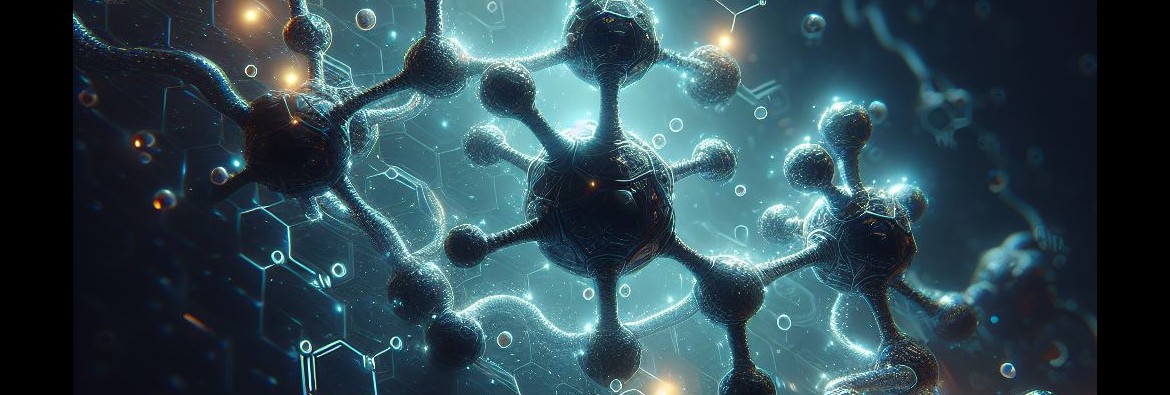
The way ozone acts on microorganisms at different concentrations and the disinfection process can be explained through biotechnology and chemical reactions:
1. Low concentration ozone (0.1 - 0.5 mg/L):
Acting on microorganisms: Low-concentration ozone enters microbial cells and affects intracellular enzymes and proteins. This results in oxidative stress, which partially damages intracellular materials of microorganisms, including proteins, lipids, and nucleic acids.
Disinfection process: This concentration of ozone reduces the number of microorganisms by partially destroying the cell structure of microorganisms and slowing down the metabolism and growth of microorganisms. The chemical formula of the oxidation reaction can be used to describe this process, for example: O3 + M → M' + O2, where M represents the biomolecule of the microorganism.
2. Medium concentration ozone (0.5 - 1.5 mg/L):
Acting on microorganisms: Moderate concentration of ozone can more effectively destroy the cell membrane and cell wall of microorganisms, leading to an imbalance in the internal and external environment of the cell, and causing more serious damage to the cell structure of microorganisms. This can be described by the chemical equation as: O3 + H2O → H2O2 + O2, H2O2 causes more severe oxidative damage to microorganisms.
Disinfection process: Moderate concentration of ozone hinders the normal metabolism and physiological activities of microorganisms through more complete oxidation reactions and destruction of cell structures. This can be described in terms of the oxidation of ozone and the chemical decomposition of microorganisms in the water.
3. High concentration ozone (1.5 mg/L and above)**:
Acting on microorganisms: High-concentration ozone quickly enters microbial cells and causes severe oxidative damage to cell membranes, cell walls and biomolecules within cells. This can be expressed as a chemical equation: O3 + M → MOx, where MOx represents oxidized microbial material.
Disinfection process*: High-concentration ozone has stronger oxidizing properties. Through extremely strong oxidation, it quickly destroys the biomolecules and cell structure of microorganisms, leading to the death of microorganisms. This can be described in terms of ozone's oxidation and destruction of biomolecules within microbial cells.
These processes describe the biotechnological mode of action of ozone on microorganisms at different concentrations and the chemical reactions during ozone disinfection. These reactions are important for understanding the disinfection and sterilization mechanisms of ozone in the fields of water treatment and sanitation.